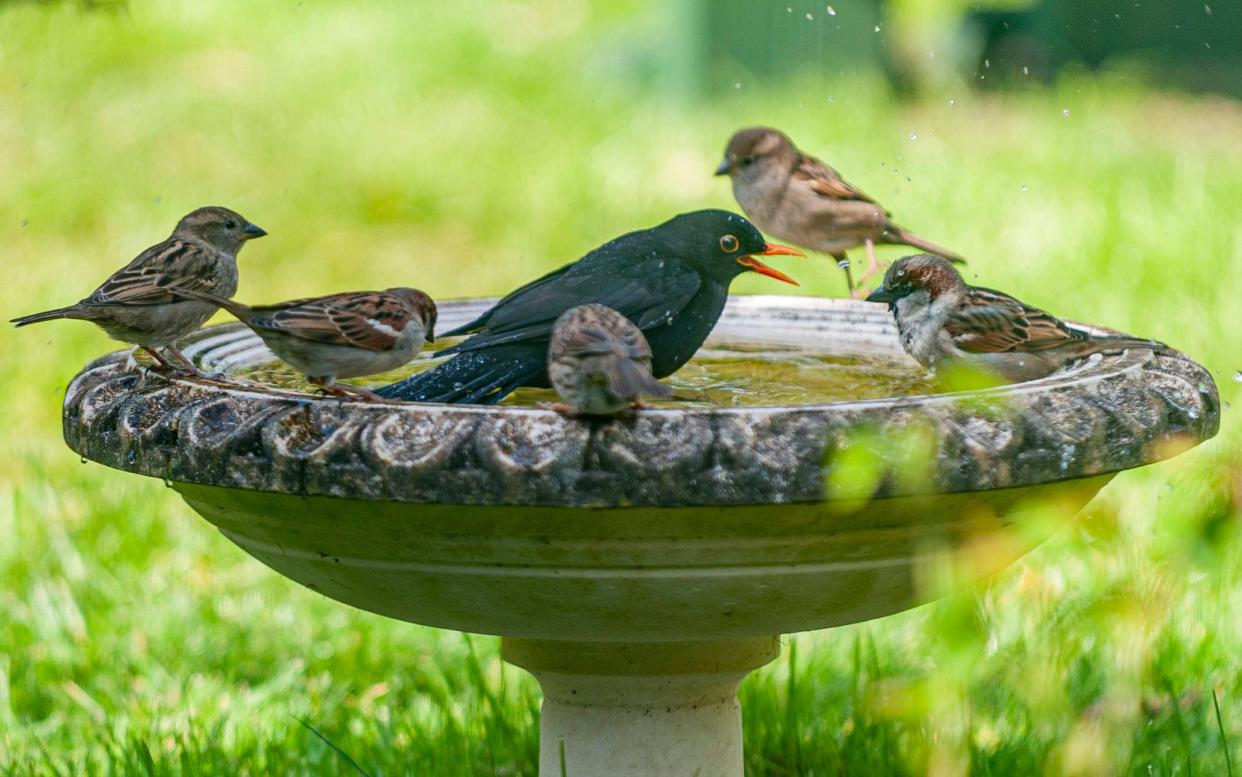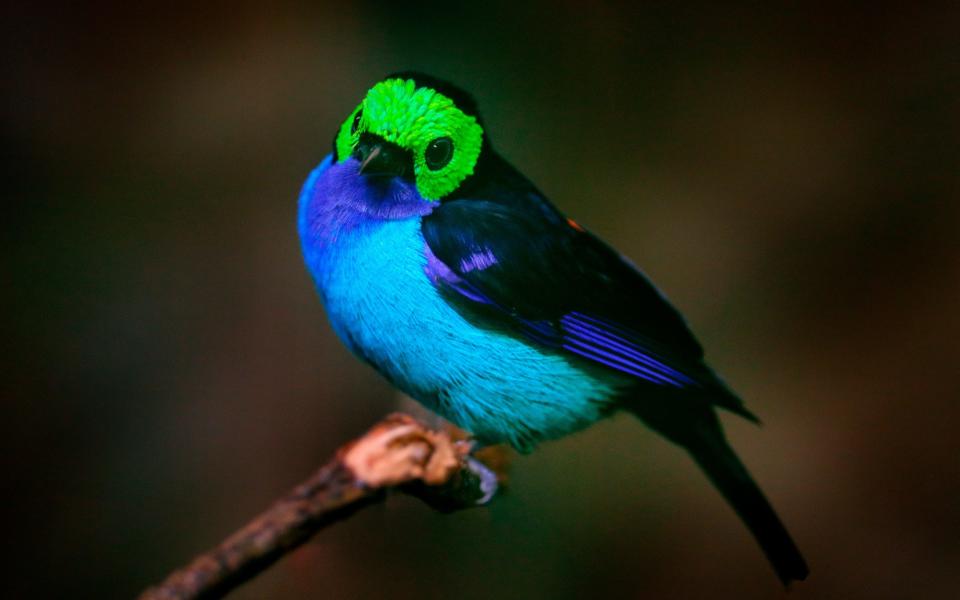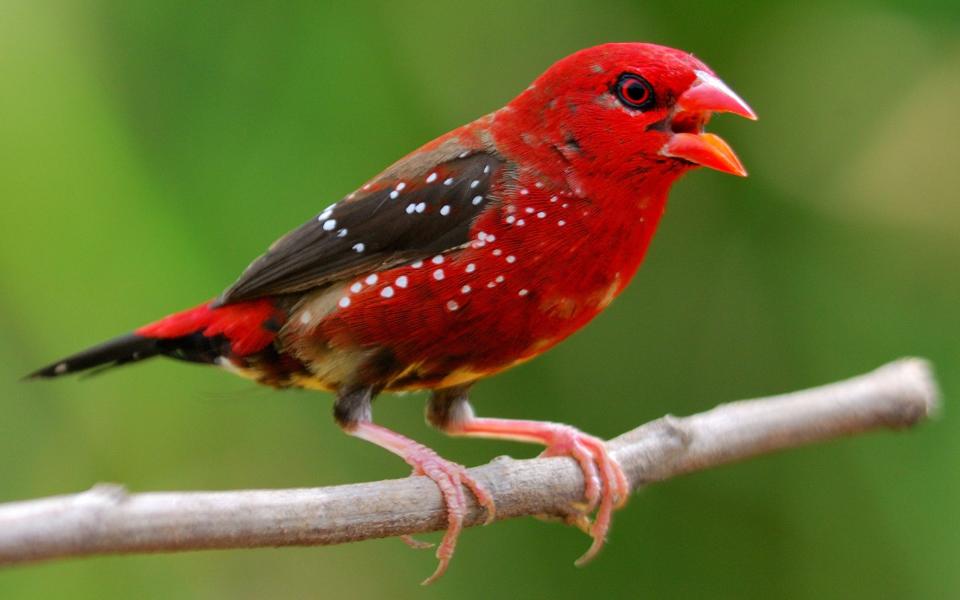Scientists ruffle feathers with claim that British birds are ‘boring’

In a blow to British twitchers, scientists have found that our native birds are rather boring and dull compared with the rest of the world.
Britain’s array of avians are, on average, almost a third less vibrant than their tropical relatives, a study has confirmed for the first time.
It backs up a 200-year-old theory first put forward by naturalists such as Charles Darwin and Alexander von Humboldt.
Experts say the plethora of fruit and resources in the equatorial tropics means fauna are more likely to have bright feathers in a multitude of shades, compared with Britain and its relative scarcity of food sources.
University of Sheffield scientists analysed the colours 4,500 passerine bird species, such as sparrows, finches and songbirds.

A male house sparrow, or any other “little brown job”, with simple brown and grey tones would have a low score, for example, whereas an Amazonian paradise tanager with a variety of colours would rank highly on the score of 1,000 colour measurements.
Dr Chris Cooney, study lead author, told The Telegraph that, on average, British birds are between 20 and 30 per cent less colourful than vivid species elsewhere.
Dr Cooney said: "Our findings suggest that climate, amongst other factors, could play a role in explaining why high latitude bird species are typically less colourful than tropical species.
"Colourfulness appears to be linked to living in stable and productive environments such as rainforests, where resources such as food and energy are relatively plentiful, potentially allowing birds to invest more in bright and colourful plumages.
“In high latitude areas like the UK where conditions can be harsh, particularly in the winter, it may be more difficult for birds to develop and maintain showy plumages where the struggle for survival is potentially more severe.”

Different habitats may also play a role in levels of colouration. Rainforests are dark and dense, so in order to communicate the birds may need to be brighter.
“In contrast, habitats in the UK are often less dense, lighter and more open, potentially lessening the need for extremely bright, colourful plumages in order to be noticed,” Dr Cooney added.
Dr José Alexandre Felizola Diniz-Filho, from the Federal University of Goiás in Brazil, said that it is notable that more colourful species were found in wetter areas, such as forests, and areas rich in fruit and nectar-producing plants.
The findings are published in Nature Ecology Evolution.

 Yahoo News
Yahoo News 
